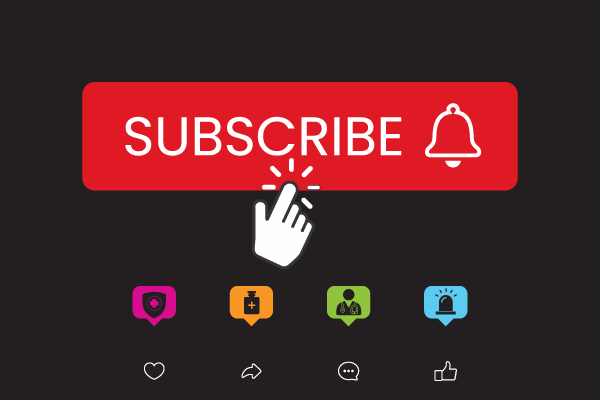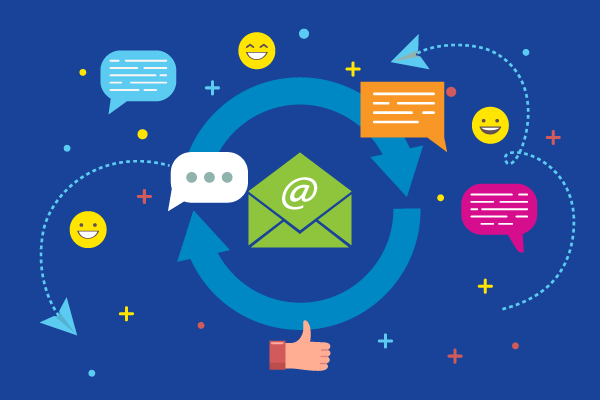Want more insights on all things content?
Sign up for WG Content’s newsletter, Content Counts.


Follow these email marketing tips and learn how to engage more readers, avoid the spam folder and make your message stand out.


Author: Heather Stanley
Last updated: 6/20/24
Take one look at your personal or work inbox and it’s not hard to believe the number of emails sent worldwide is in the hundreds of billions.
Consider these statistics:
So, the question quickly becomes: how do you stand out in all that noise?
As healthcare marketers, your emails face stiff competition in those stuffed inboxes. Do you have a winning strategy to break through?
Here are five essential healthcare email marketing tips:
Deliver content your audience cares about. If you don’t, you’ll soon be dealing with a lack of opens, a lack of clicks and way too many unsubscribes.
So, how do you uncover what they want? Here are some ideas:
Once you’ve gathered the data, offer tips and other information that will be meaningful and useful to your users.
Consider segmenting your audience and customizing content based on their specific interests or where they are in the patient journey.
For example, if someone gives you an email address after taking a heart health risk assessment on your website, they may be interested in content about preventing heart disease. A patient who signs up for a smoking cessation clinic will likely want to see emails related to their effort to quit smoking.
With this relevant, customized content, you’ll be meeting recipients’ needs and building trust, both of which can lead to higher open and click-through rates.
If a reader can’t quickly grasp the key points and take action, they’ll move on.
Follow these email best practices when writing:
Remember, with 121 other emails competing for your reader’s attention, no one has time to figure out what your email is about. Make sure you get to your point quickly.
It helps if you answer these two questions before you write:
Answering those two questions will help keep your email focused.
Want to dig into email subject line best practices? Check these tips out.
It’s also crucial to make sure your email design is mobile-friendly, as it’s estimated that 50-60% of email opens come from mobile devices in 2024.
If you don’t have an email designer on hand to build a mobile-friendly template, many email service providers (ESPs) and customer relationship management (CRM) platforms offer pre-built templates that are responsive to the user’s device.
Email campaigns are the workhorses of your content marketing program. Keep them ready to win by making strategic, informed decisions.
Complying with email marketing regulations is not optional; it’s the law.
You’re likely familiar with the CAN-SPAM Act. It covers all commercial emails and protects email recipients from spam emails. Here are a few main requirements for senders:
There are other regulations to pay attention to also, depending on where you do business.
In some cases, your ESP or CRM tool may help you avoid any regulation fouls. You should also check in with your legal department before updating any privacy policies or email processes.
WG Content’s team of healthcare writers and email strategists who can create custom email campaigns that fit your voice, audience and marketing goals.
Drop us a line anytime to learn more.
Editor’s note: This blog was updated on June 20, 2024. It was originally published in April 2018.
To capture and retain your reader’s attention, follow these email best practices:
To make your emails more relevant, refer to your audience personas, conduct surveys, use preference centers, analyze competitors’ content, and utilize web analytics. Segment your audience and customize content based on their interests or stages in the patient journey. For example, send heart health content to someone who completed a heart risk assessment.
TextGiven that 50-60% of email opens are on mobile devices, ensure your email design is responsive. If you lack an email designer, use pre-built, responsive templates from your email service provider (ESP) or customer relationship management (CRM) platform to guarantee compatibility with mobile devices.
Sign up for WG Content’s newsletter, Content Counts.


Find out how four hospitals use email newsletters to drive...


Find out how these health systems support DEI holidays, like...


Boost your email marketing campaigns in the health space with...
All Rights Reserved. Site by Reason One